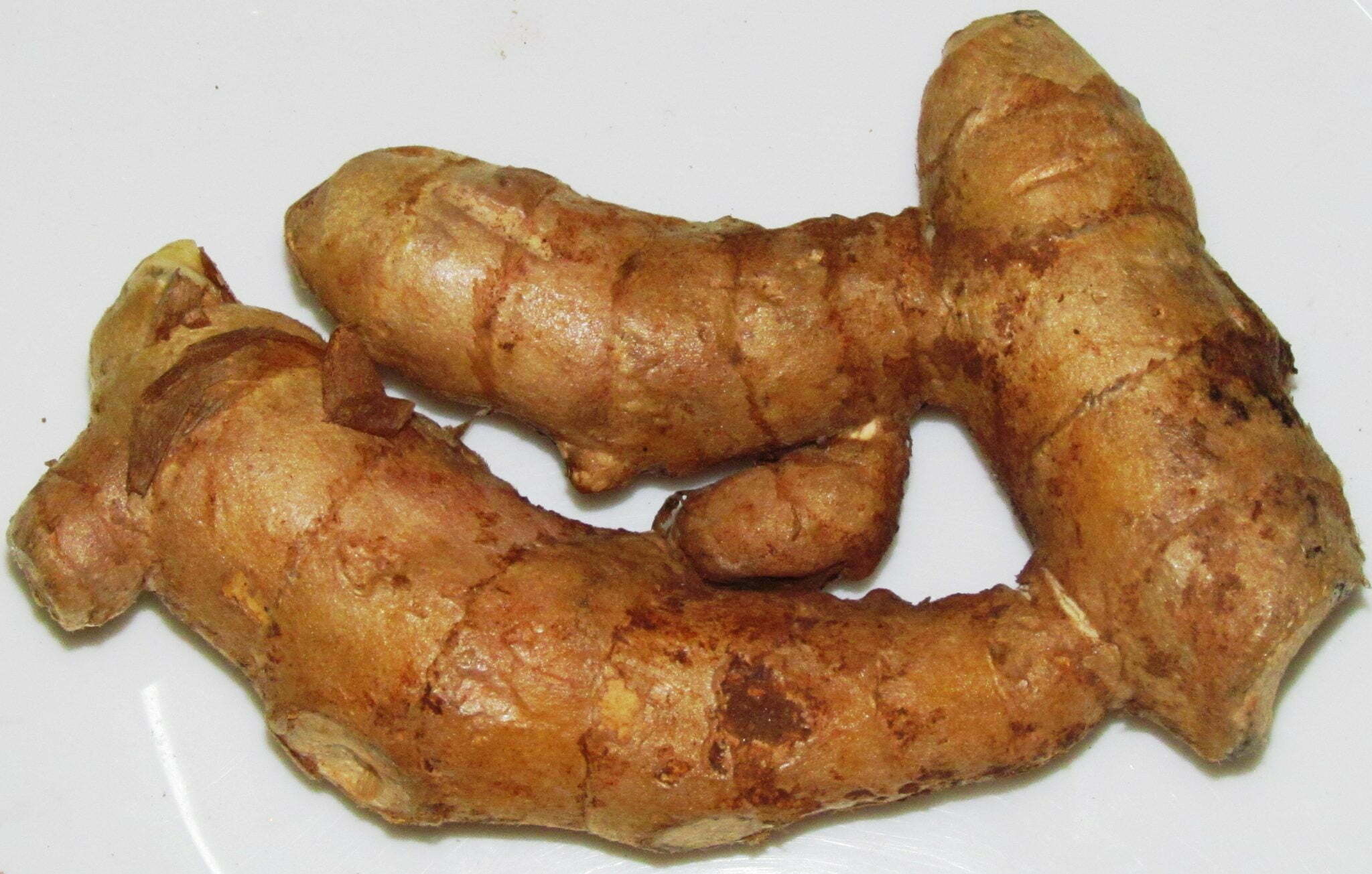Zedoary, also known as white turmeric, is a spice that has been cherished for centuries in traditional medicine and cooking. Though lesser-known than its cousin turmeric, zedoary has a unique charm with its peppery taste, earthy aroma, and a touch of bitterness. Let’s dive into the world of this intriguing spice!
What is Zedoary?
Zedoary (Curcuma zedoaria) is a rhizome, much like ginger or turmeric, native to India and Southeast Asia. Its pale yellow interior and earthy scent make it stand out. While it shares some similarities with turmeric, zedoary has a sharper, spicier flavour that sets it apart.
In powdered form, it becomes a versatile spice, used in both sweet and savoury dishes across various cuisines.
Where is Zedoary Used?
Zedoary is a culinary and medicinal gem with many applications:
- Culinary Uses:
- In India, it’s used in pickles, curries, and spice blends for its bold flavour.
- In Thailand and Indonesia, fresh zedoary is added to soups and stews.
- Its powder is used in baking and desserts, adding depth to sweet treats.
- Medicinal Uses:
- Zedoary has been used in Ayurvedic and Chinese medicine for centuries to aid digestion and reduce inflammation.
- It’s often brewed into teas or mixed with honey as a home remedy.
What Does Zedoary Taste Like?
Zedoary’s flavour is best described as a mix of turmeric, ginger, and camphor, with a slight bitterness. Its peppery bite adds complexity to dishes, while its subtle floral undertones make it a favourite in herbal teas and desserts.
Health Benefits of Zedoary
Zedoary isn’t just about taste—it’s packed with health benefits:
- Digestive Aid: Known to stimulate digestion and relieve bloating.
- Anti-inflammatory: Helps reduce inflammation in the body.
- Antioxidant Properties: Fights free radicals and supports overall health.
- Pain Relief: Traditionally used to alleviate joint and muscle pain.
- Immune Booster: Contains compounds that support the immune system.
How to Use Zedoary in Cooking
- Curries and Stews: Add zedoary powder or grated rhizome to enhance the flavour.
- Herbal Teas: Brew fresh slices with honey and lemon for a soothing drink.
- Pickles: Use fresh zedoary to add a zingy twist to homemade pickles.
- Baked Goods: Incorporate the powder into cakes or cookies for an earthy flavour.
- Spice Blends: Mix with other spices to create unique rubs for meat or vegetables.
Zedoary in Traditional Medicine
In Ayurvedic and Chinese medicine, zedoary is prized for its therapeutic properties. It’s used to:
- Treat indigestion and ulcers.
- Relieve menstrual discomfort.
- Promote liver health.
- Act as a natural detoxifier.
Fun Facts About Zedoary
- Zedoary was highly valued in medieval Europe, where it was used as a spice and an ingredient in perfumes.
- The plant’s leaves and flowers are also edible and used in some Southeast Asian cuisines.
- Despite being overshadowed by turmeric, zedoary is considered more potent in traditional medicine.
- It’s often confused with arrowroot in some parts of the world due to its starchy nature.
How to Store Zedoary
- Fresh Rhizomes: Wrap in a damp paper towel and store in the refrigerator.
- Powder: Keep in an airtight container in a cool, dark place to preserve its flavour and potency.
Final Thoughts
Zedoary may not be as famous as turmeric or ginger, but it’s a spice with a rich history, bold flavour, and incredible health benefits. Whether you’re looking to explore new flavours in your cooking or seeking natural remedies, zedoary is worth a try.
Next time you want to spice things up, let zedoary take centre stage in your kitchen. It’s a hidden gem waiting to be rediscovered!

